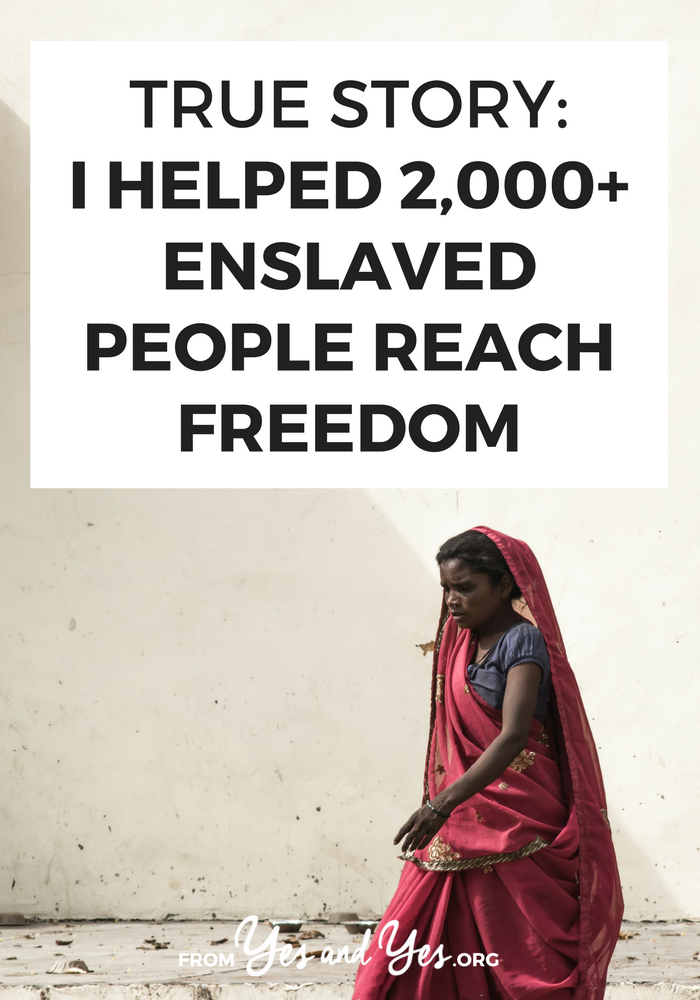
Tell us a bit about yourself!
I’m a farmgirl from Iowa who grew up going to Mass every Sunday. I was particularly inspired by the visiting Maryknoll-style missionaries. They told us about standing up against of US-backed atrocities in Central America. These nuns did the most exciting work of anyone I had ever met. I wanted to follow in their footsteps …. except for the celibacy part.
The other person I had access to – who did exciting work on par with the nuns – was James Baker. And he wore more stylish clothes. So I’ve tried to emulate the nuns, while enjoying sex (married 20 years this month!) and 2nd hand Prada.
I help villages in India free themselves from slavery, through Voices4Freedom.org. I help humanitarian extreme achievers as a Venture Human Capitalist. I’m also the mama of two outrageous daughters, ages 5 and 12.
When most of us hear the word ‘slavery,’ we think about the American South in the 1700 and 1800s. What does slavery look like in 2018? And where is it happening?
Today there more than 40 million people in the world in slavery, with the majority being enslaved in forced labor (agricultural, mining, etc.) or forced marriage. The two other categories with a significant amount of slavery are forced sexual exploitation and state-imposed forced labor.
Cases of slavery happen in every country of the world, including in the United States and Canada. The countries with the most people enslaved are India, China, Pakistan, Bangladesh, and Uzbekistan.
How did you first get interested in this?
By accident!
In 2000, I was working at a human rights organization in Washington, DC when my boss double-booked. He said, “Hey, you’re into labor rights. You take the meeting with the guy who’s talking about slavery.” It turns out this was Kevin Bales, who had just written the very first book on modern slavery and human trafficking as a global phenomenon.
Now he’s known as the world’s foremost expert on the issue. Kevin, Peggy Callahan, and I co-founded Free the Slaves, the first organization in the US to focus on modern slavery globally. I was CEO until 2012.
Lesson: your boss’s mistakes can lead to wonderful things (said with much appreciation for my boss at the time!).
I think a lot of us would hear about things like this, think “That’s awful, but what can I possibly do?”, donate $20 and then move on. What made you want to take action?
First, I was embarrassed. Here I was, at a human rights organization in the heart of Washington, DC where many human rights-focused groups are based, and I had never heard of modern slavery before.
Then, it felt like one of those uncomfortable tests. Some of my mentors thought that leaving my job to work against slavery was career suicide (this was years before all the news coverage of the issue, and almost no one believed it existed).
But I had always hoped I’d be able to help the world in a significant way. Ok, here was an opportunity to do that. My thought was, if I really CAN help, then I can’t walk away from all of these people who are trapped. I didn’t want to be that person.
Since you’ve started working on this, you’ve actually been able to help thousands of people to freedom, including 2551 from just one state in India. Can you walk us through that process?
At Voices4Freedom, we focus on northern India because there are so many people in slavery there within a small geographical area. Our resources are able to stretch to help more people to freedom there than they would in any other part of the world.
In that region, generations of families are enslaved because of an average illegal loan of just $18. The families are grateful to the moneylenders who gave them rupees for emergencies such as medicine for their sick children. The moneylenders charge exorbitant, illegal interest rates, and the debt is impossible to pay off.
These villagers who can’t read, write or count are tricked into working endless hours. They can’t get away and are beaten if they try. Children are forced to work alongside their parents.
All over the world, parents will do most anything to give their children better lives. So when our local partner activists go undercover into enslaved villages, they tell parents that their children can learn to read and write at a transitional school right there in the village.
The hope for a better future for their children fuels the parents past their fear of slaveholders’ thugs. They join together, with the help and support of the activists. Villagers learn that it is possible to free themselves and demand change. The school is the distribution channel for knowledge about their rights, their ability to organize for freedom, and their hope for a better life.
Within three years, all the adults are in sustainable freedom with a livelihood to support themselves, and all the children have caught up to their grade level and have transitioned to the regular Indian Government schools.
I imagine life after slavery is pretty overwhelming. What sort of support do these people receive?
With our local partners, we help every person to sustainable freedom, meaning that they have a way to make a living and have access to basic services for health and well-being. As or more important, the villagers become each other’s support system.
Standing up for their freedom together is an incredibly bonding experience. Also, freed villages join a network of other villages in the region that have also freed themselves. They share resources and strategize together and gain strength from each other. When specific counseling is needed, we make sure that’s available.
What’s life like post-slavery?
You won’t believe this, but many of them immediately start their own businesses! They are eager to be paid for their work, and to choose how they make that happen.
For those enslaved in something like mining or agriculture, they often choose to continue doing the same or similar work afterwards because they know how to do it and how to price it, etc. Others want to learn a new skill like tailoring or opening a small shop, and Voices4Freedom helps them access training and start-up costs.
Has anyone ever accused you of having a White Savior Complex?
I LOVE when people ask this question because it shows they’re thinking carefully about how (and how NOT) to offer help!
At the very beginning we decided to find the local organizations around the world that were already helping people out of slavery and into sustainable freedom, and then support those organizations. They’re the ones who’ve already figured things out, and are best equipped.
Has this experience affected the way you navigate your day to day life?
When I get scared to take some next growth step in my work or personal life, there is one slavery survivor’s face I see.
Within a year of coming to freedom, she started her own business and ran for public office. Damn. When I marveled at what she’s achieved, she looked at me as if I had five heads and said, “Well, I’m free now, so of course I’m going to use my freedom.” That kicks me in the ass every time.
What have you learned from this that any of us could apply to our lives?
For those of us who are free, it’s life’s greatest challenge and honor to make good use of our freedom. To actually use it, and not claim some false limitation that we’re ‘trapped’ or ‘have no choice’. And one of the most fulfilling ways to use our freedom is to help people who are enslaved to claim theirs.
Thank you so much for sharing your story, Jolene. Do you guys have any questions for her?
P.S. True Story: I helped my friend die peacefully

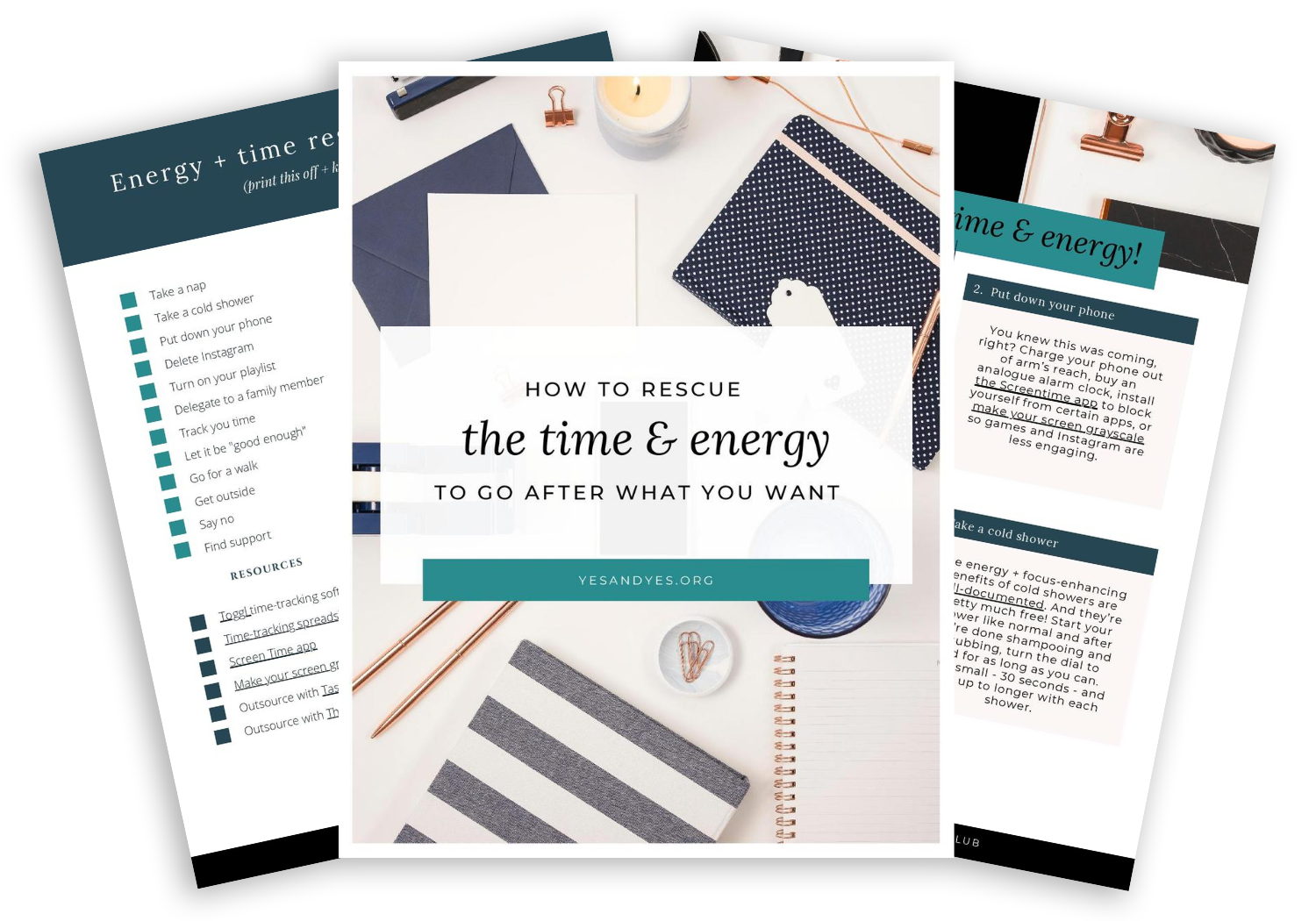
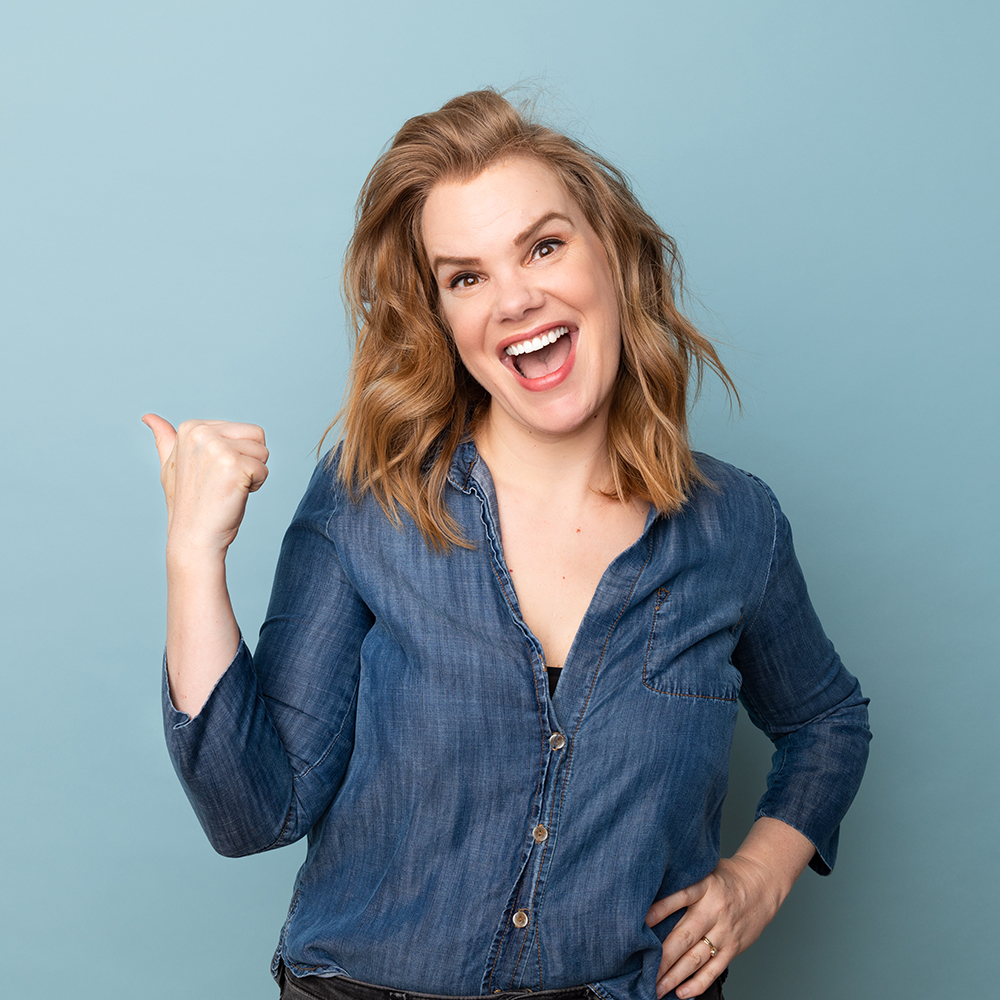
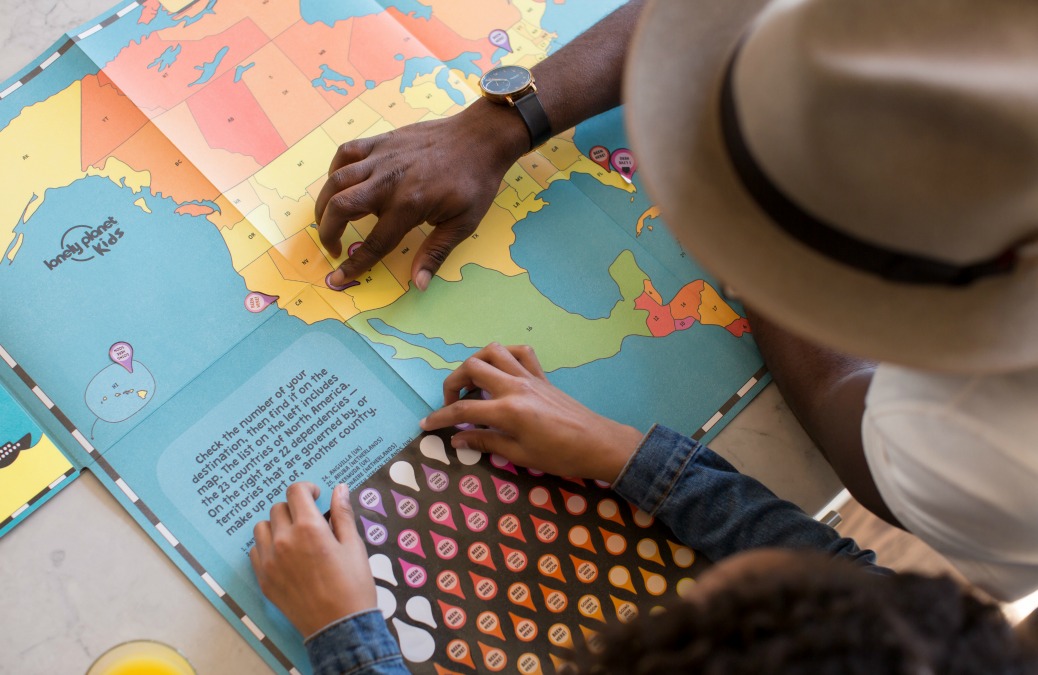
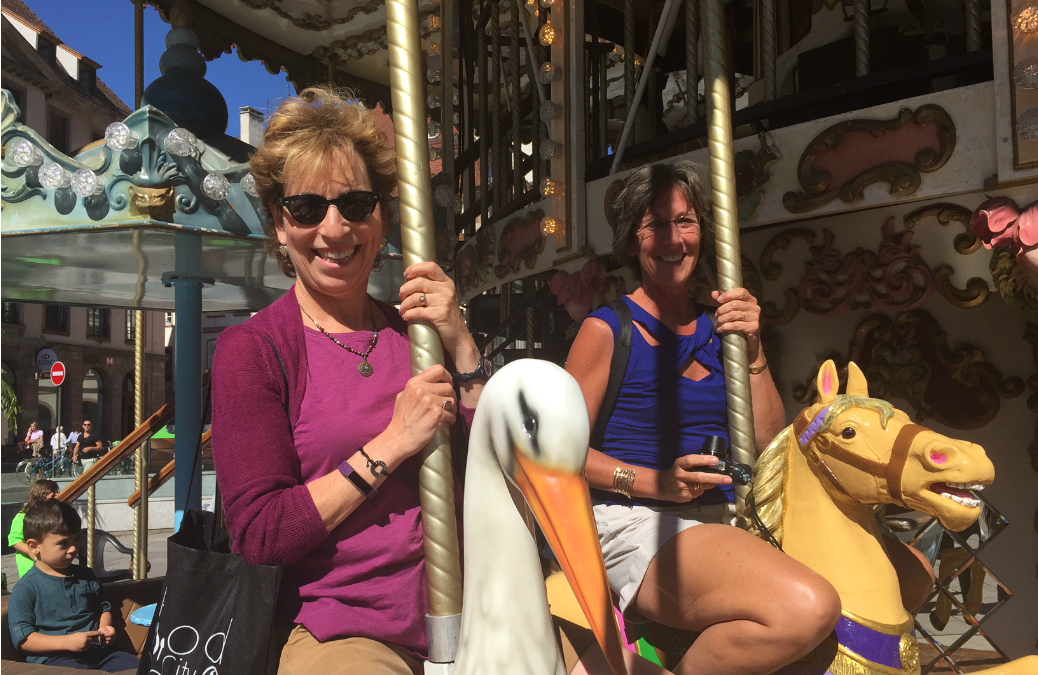
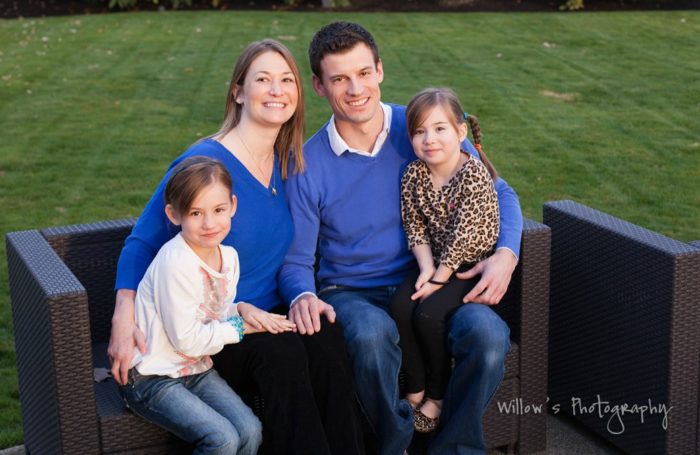
Jolene, what an amazing story, it’s so inspiring what you did! I feel so happy to read that survivors are taking a real shot at life post-surgery. New businesses? Sounds perfect!
Charmaine Ng | Architecture & Lifestyle Blog
http://charmainenyw.com